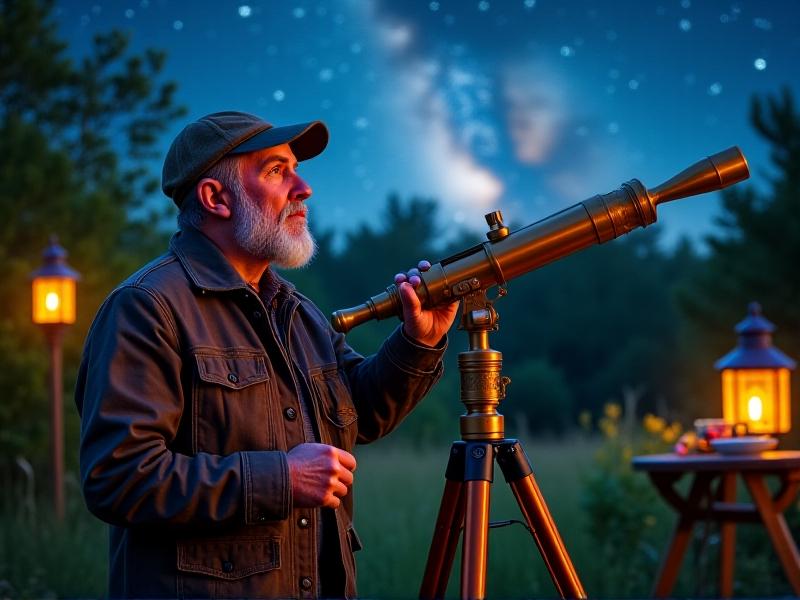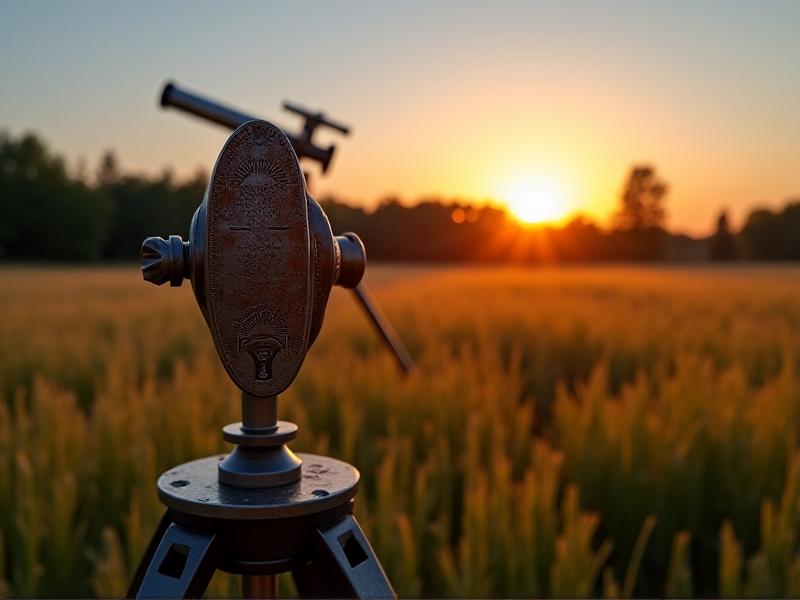Interactive Audio Guides for Telescope-Assisted Deep Sky Observations
The Evolution of Telescope-Assisted Deep Sky Observations
Astronomy has come a long way since the days of Galileo. From the invention of the telescope to the advent of digital imaging, each leap in technology has brought us closer to understanding the universe. One of the most recent advancements in this field is the integration of interactive audio guides into telescope-assisted deep sky observations. These guides are transforming the way both amateur and professional astronomers explore the cosmos.
In the past, observing deep sky objects like galaxies, nebulae, and star clusters required a deep understanding of celestial coordinates and a lot of patience. Today, with the help of interactive audio guides, even beginners can navigate the night sky with ease. These guides provide real-time information about the objects being observed, making the experience both educational and engaging.
Interactive audio guides are not just about convenience; they also enhance the observational experience. By providing contextual information, they allow observers to appreciate the significance of what they are seeing. Whether it's the story behind a particular constellation or the science of a distant galaxy, these guides add a layer of depth to the observation process.

How Interactive Audio Guides Work
Interactive audio guides are typically integrated into modern telescopes through smartphone apps or dedicated handheld devices. These guides use GPS and gyroscopic sensors to determine the telescope's orientation and location. Once aligned, the guide can provide information about the celestial objects in the telescope's field of view.
The audio component is particularly useful for hands-free operation. Instead of having to look away from the telescope to read information, users can listen to descriptions and explanations. This is especially beneficial during long observation sessions, where maintaining focus is crucial.
Moreover, these guides often include features like object tracking, which automatically adjusts the telescope to keep a moving object in view. Some even offer augmented reality overlays, projecting additional information onto the user's view of the sky. These features make the guides not just informative but also highly interactive.

Benefits for Amateur Astronomers
For amateur astronomers, interactive audio guides are a game-changer. They eliminate much of the steep learning curve associated with traditional stargazing. Beginners no longer need to memorize star charts or understand complex celestial mechanics to enjoy the night sky.
These guides also make astronomy more accessible. Many people are intimidated by the technical aspects of telescopes, but with an audio guide, the process becomes much more user-friendly. This accessibility is encouraging more people to take up astronomy as a hobby, leading to a growing community of enthusiasts.
Another significant benefit is the educational value. Interactive audio guides often include detailed explanations of the objects being observed, from their history to their scientific significance. This not only enhances the observational experience but also helps users learn more about astronomy in an engaging way.

Enhancing Professional Observations
While interactive audio guides are incredibly beneficial for amateurs, they also have applications in professional astronomy. For researchers, these guides can provide quick access to relevant data, such as the distance, size, and composition of celestial objects. This can be particularly useful during field observations or public outreach events.
Professional astronomers often work in teams, and interactive audio guides can facilitate better communication among team members. By sharing the same guide, team members can ensure they are all on the same page, leading to more efficient and coordinated observations.
Additionally, these guides can be customized for specific research projects. For example, a guide could be programmed to focus on a particular type of object, such as exoplanets or supernovae. This customization allows researchers to tailor the guide to their specific needs, enhancing the overall quality of their work.
The Future of Interactive Audio Guides in Astronomy
As technology continues to advance, the potential for interactive audio guides in astronomy is virtually limitless. Future guides could incorporate artificial intelligence to provide even more personalized and detailed information. Imagine a guide that not only describes what you're seeing but also answers your questions in real-time.
Another exciting possibility is the integration of virtual reality. With VR, users could explore the cosmos in a fully immersive environment, guided by an interactive audio system. This could revolutionize both education and research, making the universe more accessible than ever before.
Moreover, as more data becomes available from space missions and telescopes, interactive audio guides could be updated to include the latest discoveries. This would ensure that users always have access to the most current information, keeping the field of astronomy dynamic and ever-evolving.
Challenges and Considerations
While interactive audio guides offer numerous benefits, there are also challenges to consider. One of the primary concerns is the reliance on technology. If the guide malfunctions or the battery dies, it could disrupt the observation process. Therefore, it's essential to have a backup plan, such as traditional star charts or a manual telescope.
Another consideration is the potential for information overload. With so much data available, it's easy for users to become overwhelmed. Guides need to be designed in a way that balances providing detailed information with maintaining a user-friendly experience.
Finally, there's the issue of accessibility. While these guides are designed to make astronomy more accessible, they still require a certain level of technological literacy. Efforts should be made to ensure that guides are easy to use for people of all ages and backgrounds, truly democratizing the field of astronomy.






